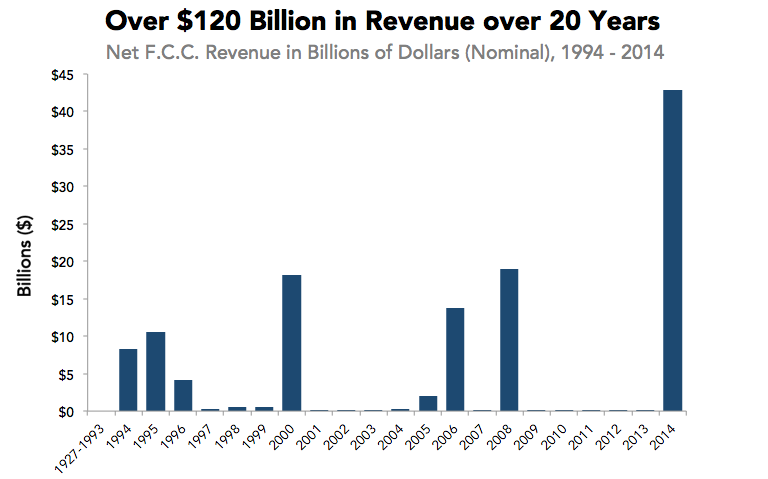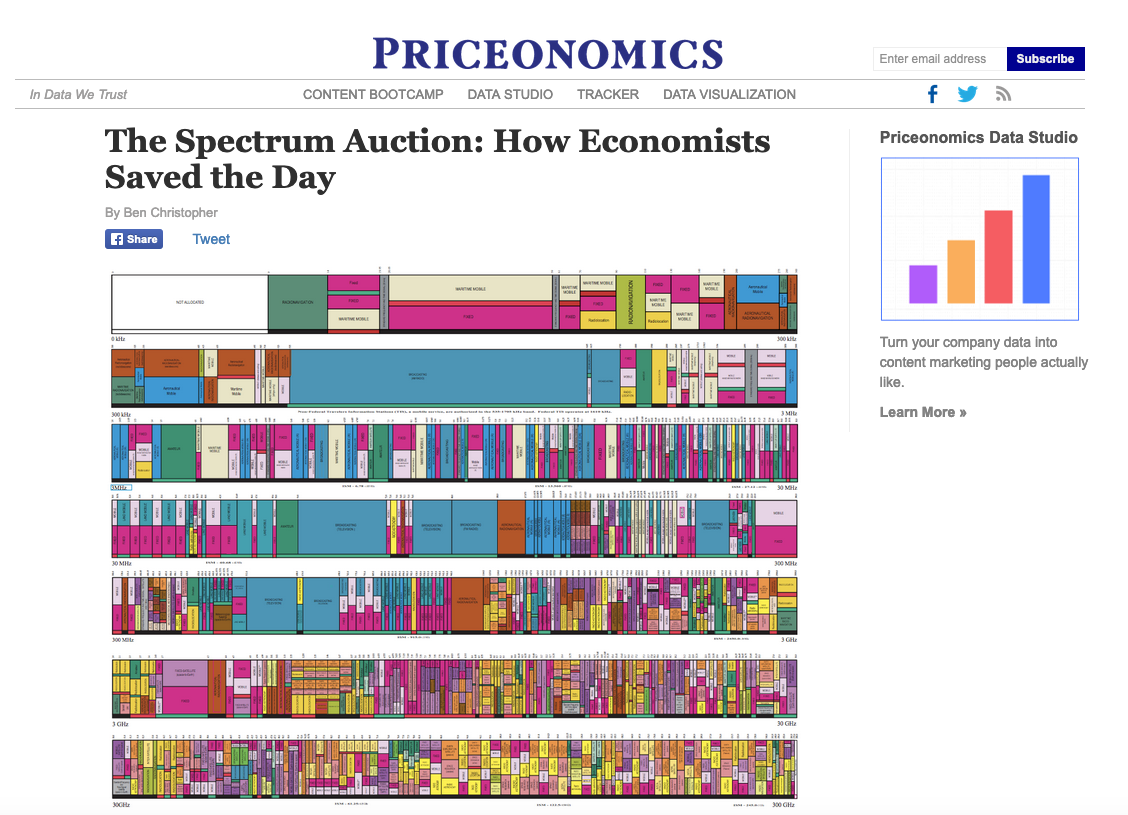1.3 — Property Rights & Transaction Costs
ECON 410 • Public Economics • Spring 2022
Ryan Safner
Assistant Professor of Economics
safner@hood.edu
ryansafner/publicS22
publicS22.classes.ryansafner.com
Last Class...(Maybe)

Takeaways from Coase I

Ronald H. Coase
(1910-2013)
Economics Nobel 1991
Externalities outside the market system of prices are a problem
Externalities can be framed as a problem of property rights
Exchange is really about property rights over goods and services, (not just the goods themselves)
Property rights can internalize externalities
Takeaways from Coase II

Ronald H. Coase
(1910-2013)
Economics Nobel 1991
"Coase Theorem": if transaction costs are low, parties will bargain to the efficient outcome regardless of who has property rights
Coase: transaction costs are high, so it matters how property rights are allocated!
Look at real world institutions
Another Classic Economic Problem

Tragedy of the commons: multiple people have unrestricted access to the same rivalrous resource
Rivalry: one use of a resource removes it from other uses
Hardin, Garett, 1968, "The Tragedy of the Commons," Science 162(3859):1243-1248
Another Classic Economic Problem

Cannot exclude others
No responsibility over outcome
Incentive to overexploit and deplete resource (before others do)
A negative externality on others
Classic Solution: Property Rights

Property rights: socially agreed upon rules that determine how resources are used
Primary right is the right to exclude others from using a rivalrous resource
Property Rights

Sir William Blackstone
(1723-1780)
“There is nothing which so generally strikes the imagination, and engages the affections of mankind, as the right of property; or that sole and despotic dominion which one man claims and exercises over the external things of the world, in total exclusion of the right of any other individual in the universe,” (Book II, Chapter 1).
Blackstone, Sir William, 1765-1769, Commentaries on the Laws of England
Property Rights
“Property is a bundle of legal rights over resources that the owner is free to exercise and whose exercise is protected from interference by others” (Cooter and Ulen, p.73)
- This bundle contains a lot of rights, to:
possess, use, develop, improve, transform, consume, deplete, destroy, sell, donate, bequeath, transfer, mortgage, lease, loan, or exclude others
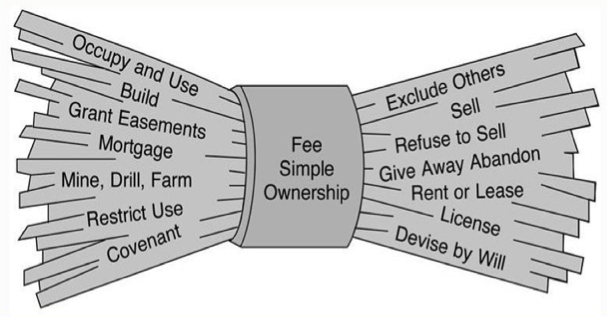
Property Rights
- Three important legal points:
These rights are impersonal — they attach to property, not persons
Owner is at liberty to exercise rights over her property (law neither forbids nor obliges her to)
Others are forbidden to interfere with owner’s exercise of her rights

Property Rights Internalize Externalities
Links ownership and responsibility
Causing arm to others' property ⟹ liability for damages
Externalities as (unenforced) property rights
"Good fences make good neighbors"

The Benefits & Costs of Property Rights
Why Do We Need Property Law?
A solution to the tragedy of the commons
Imagine two neighboring farmers
- game theoretic interaction
- each farmer can either Farm or Steal
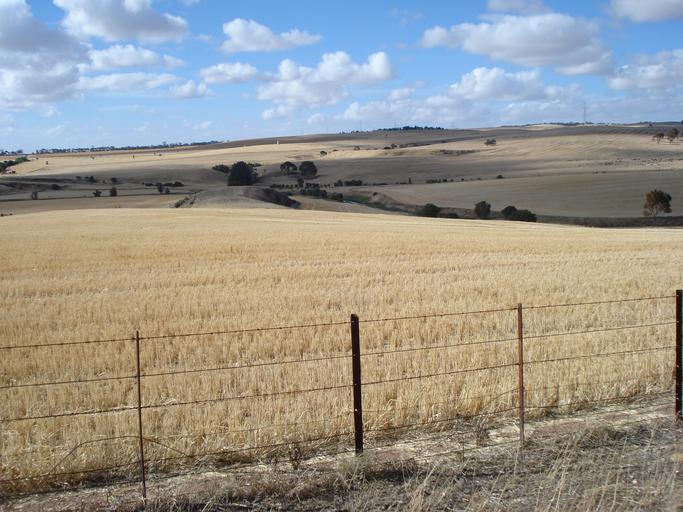
Why Do We Need Property Law?
- Suppose:
- crops are valued at 15
- planting & watering costs 5
- stealing costs 3

Why Do We Need Property Law?
Suppose:
- crops are valued at 15
- planting & watering costs 5
- stealing costs 3
With no legal system, the game looks like:
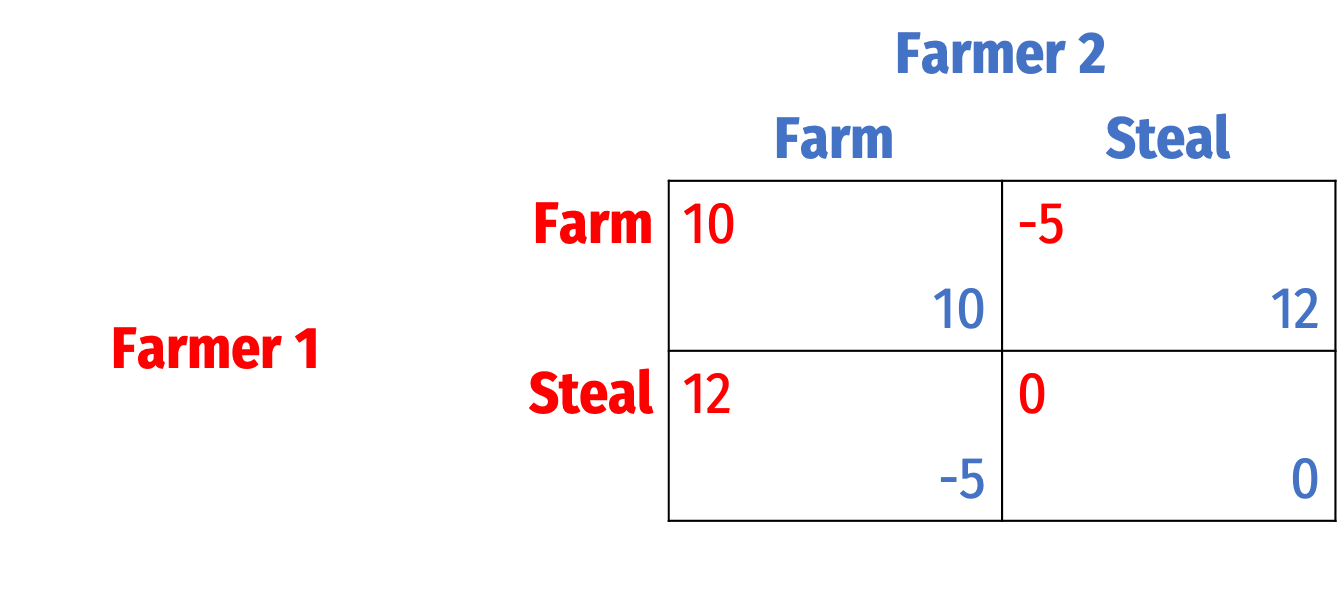
Why Do We Need Property Law?
Nash Equilibrium: (Steal, Steal)
Socially optimal equilibrium: (Farm, Farm)
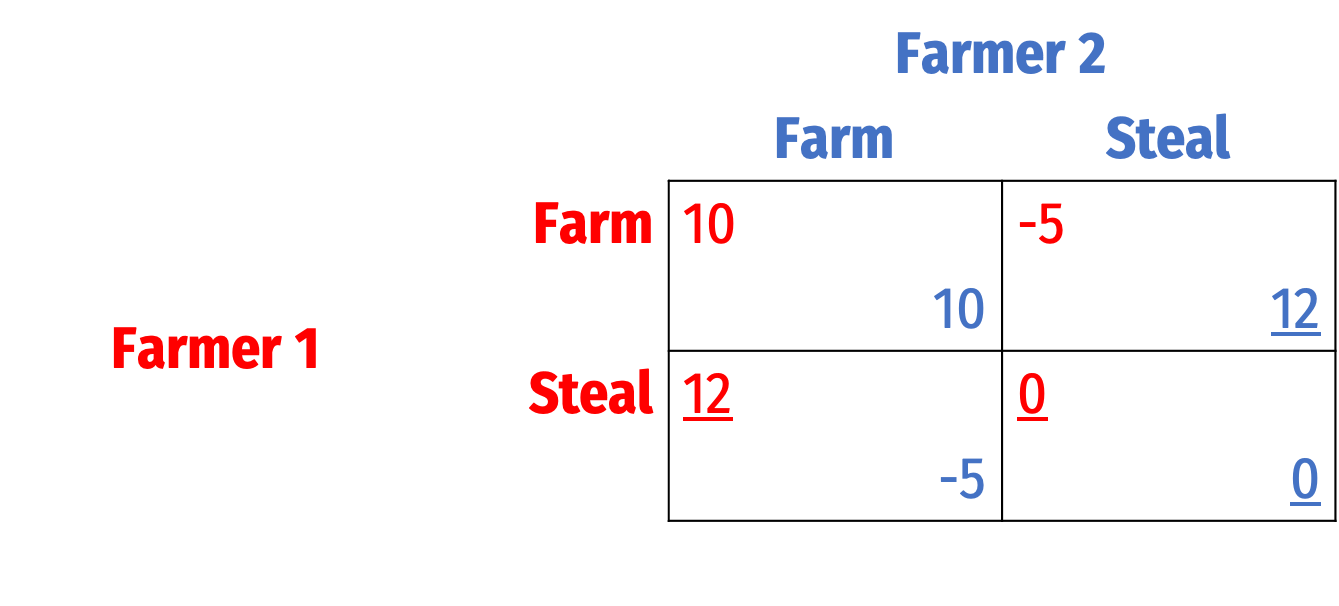
Property Is a Necessary Part of the Solution

David Hume
1711-1776
“But although men can maintain a small uncultivated society without government, they can’t possibly maintain a society of any kind without justice, i.e. without obeying the three fundamental laws concerning the stability of ownership, its transfer by consent, and the keeping of promises.”
Hume, David, 1751, Enquiry Concerning the Principles of Morals
Property Is a Necessary Part of the Solution
Suppose there are many farmers that face the same problem
They recognize that establishing rules of property and punishing theft achieves the social optimum
- Setting up a property law system (and someone to enforce it) has costs c
- The punishment to theft is P
If 10−c>12−P, then (Farm,Farm) becomes an equilibrium
What are the costs of property rights, c?
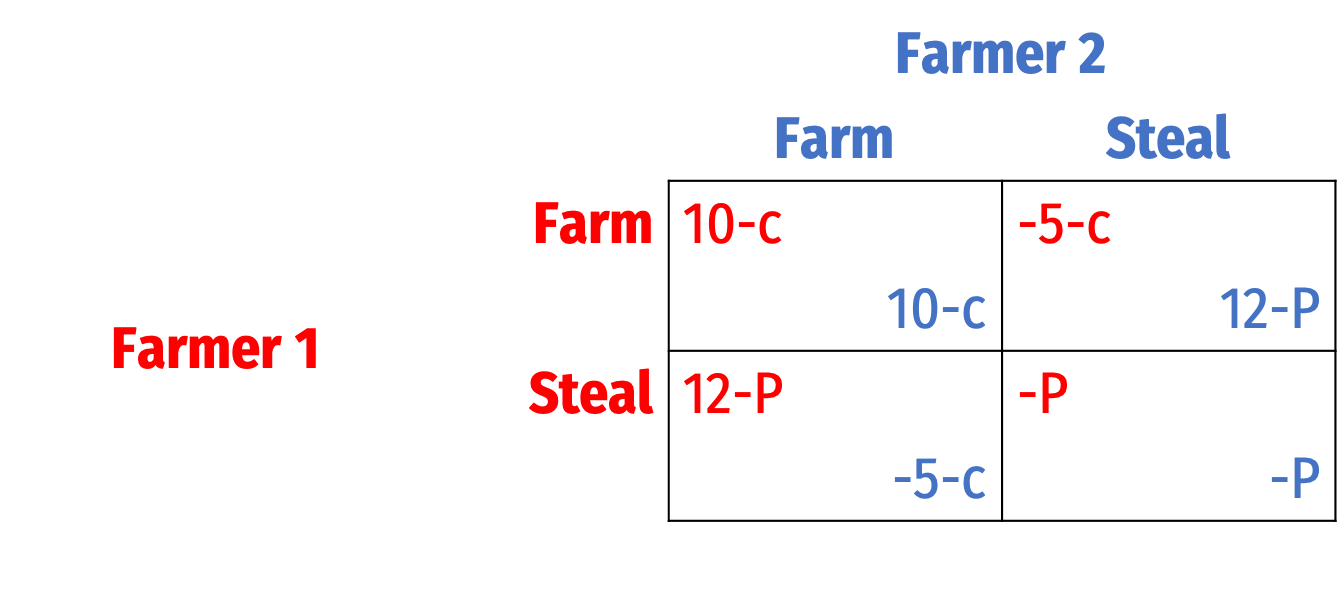
Property Rights Internalize Externalities

Harold Demsetz
1930-2019
“A primary function of property rights is that of guiding incentives to achieve a greater internalization of externalities. Every cost and benefit associated with social interdependencies is a potential externality. One condition is necessary to make costs and benefits [become] externalities. The cost of a transaction in the rights between the parties (internalization) must exceed the gains from internalization. In general, transacting cost can be large relative to gains because of ‘natural’ difficulties in trading or they can be large because of legal reasons,” (p.348).
“Property rights develop to internalize externalities when the gains from internalization become larger than the costs of externalization,” (p.350).
Demsetz, Harold, 1967, "Towards a Theory of Property Rights," American Economic Review 57(2): 347-359
But Property Rights Are Costly
Many decisions impose an externality on other parties
Externalities can be solved by defining property rights and permitting exchanges
There are always transaction costs to exchange
If transaction costs are low, efficient to create & exchange property rights
If transaction costs are high, inefficient to create property rights!
It's Just a Cost-Benefit Calculation
Essentially, does MB > MC of internalizing the externality?
- If yes: create property rights, internalize externalities
- If no: leave as commons, incur externalities
Exogenous shocks — opening new markets, technological change, etc — can change this equilibrium!
Demsetz’ Example: Efficient to Keep as a Commons

Harold Demsetz
1930-2019
“A close relationship existed, both historically and geographically, between the development of private rights in land and the development of the commercial fur trade.
“Because of the lack of control over hunting by others, it is in no person’s interest to invest in increasing or maintaining the stock of game. Overly intensive hunting takes place.
“Before the fur trade became established, hunting was carried on primarily for purposes of food and the relatively few furs that were required for the hunter’s family. The externality was clearly present...but these external effects were of such small significance that it did not pay for anyone to take them into account.” (p.351).
Demsetz, Harold, 1967, "Towards a Theory of Property Rights," American Economic Review 57(2): 347-359
...Until an Exogenous Change
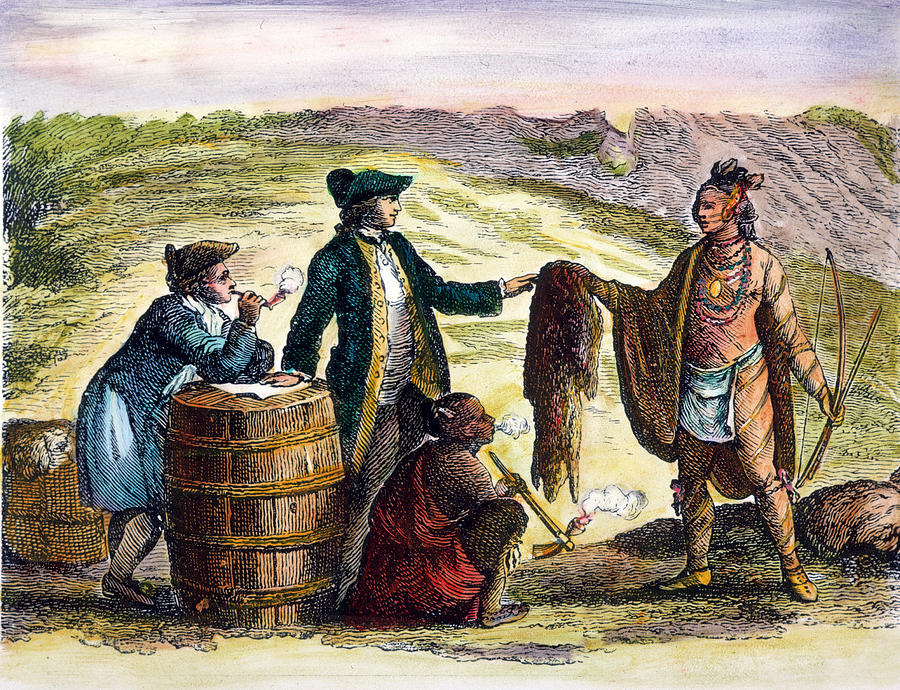
...Until an Exogenous Change

Harold Demsetz
1930-2019
“[T]he advent of the fur trade had two immediate consequences. First, the value of furs to the Indians was increased considerably. Second, and as a result, the scale of hunting activity rose sharply. Both consequences must have increased considerably the importance of the externalities associated with free hunting. The property right system began to change.”
“[Algonkians and Iroquois] divide themselves into several bands in order to hunt more efficiently. It was their custom...to appropriate pieces of land about two leagues square for each group to hunt exclusively. Ownership of beaver houses, however, had already become established, and when discovered, they were marked. A starving Indian could kill and eat another's beaver if he left the fur and the tail.”
“The principle of the Indians is to mark off the hunting ground selected by them Dy blazing the trees with their crests so that they may never encroach on each other...By the middle of the century these allotted territories were relatively stabilized,” (p.352).
Tech. Change Can Raise the Benefits of Property Rights
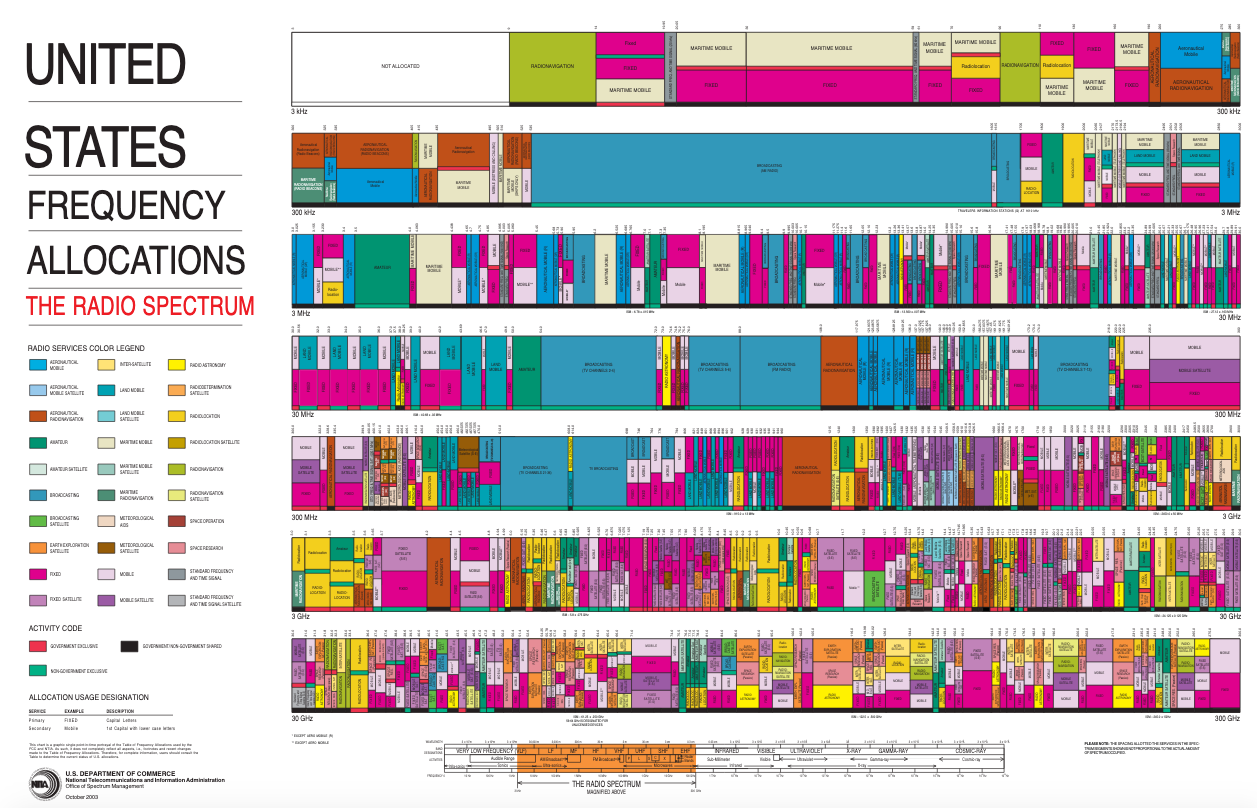
The electromagnetic spectrum allocated by the Federal Communications Commission to private parties (high res)
Summarizing Coase & Demsetz
Coase: if property rights are clearly defined and tradeable, we'll get efficient outcomes
- Fix externalities by expanding property rights
Demsetz: yes, but this comes at a cost!
- Property rights will expand only when the benefits outweigh the costs
- Either because benefits rise, or costs fall

Of Course, Coase Knew About Transaction Costs!

Ronald H. Coase
(1910-2013)
Economics Nobel 1991
“If market transactions were costless, all that matters (questions of equity apart) is that the rights of the various parties should be well-defined and the results of legal actions easy to forecast.
“But...the situation is quite different when market transactions are so costly as to make it difficult to change the arrangement of rights established by the law.”
“In such cases, the courts directly influence economic activity.”
“Even when it is possible to change the legal delimitation of rights through market transactions, it is obviously desirable to reduce the need for such transactions and thus reduce the employment of resources in carrying them out.”
Coase, Ronald H, 1960, “The Problem of Social Cost” Journal of Law and Economics 3: 1-44
Transaction Costs & Some Normative Prescriptions
Transaction Costs
- Transaction costs: the costs of voluntary exchange (or markets)
- Search costs: cost of finding trading partners
- Bargaining costs: cost of reaching an agreement
- Enforcement costs: trust between parties, cost of upholding agreement, dealing with unforeseen contingencies, punishing defection, using police and courts
Focus on Bargaining Costs
- Now that we have discussed bargaining, consider some types of associated transaction costs
1) Asymmetric information
- Lemons problem (Akerlof 1970)†
- Adverse selection & moral hazard
† I cover this in detail in this game theory lecture.

Focus on Bargaining Costs
- Now that we have discussed bargaining, consider some types of associated transaction costs
2) Private information
- not knowing each other's BATNAs
- bargaining requires revealing private information
- parties reluctant to divulge information

Focus on Bargaining Costs
- Now that we have discussed bargaining, consider some types of associated transaction costs
3) Large number of parties
- free riding, public goods problem, hold out problem

Focus on Bargaining Costs
- Now that we have discussed bargaining, consider some types of associated transaction costs
4) Uncertainty about property rights, BATNAs, the value of the property, etc

Focus on Bargaining Costs
- Now that we have discussed bargaining, consider some types of associated transaction costs
5) Enmity between parties
- emotions cloud rationality
- can you negotiate with someone you consider a mortal enemy?
- after trial, some parties refuse to bargain!
![]()
Focus on Bargaining Costs
- Now that we have discussed bargaining, consider some types of associated transaction costs
5) Enmity between parties
- emotions cloud rationality
- can you negotiate with someone you consider a mortal enemy?
- after trial, some parties refuse to bargain!
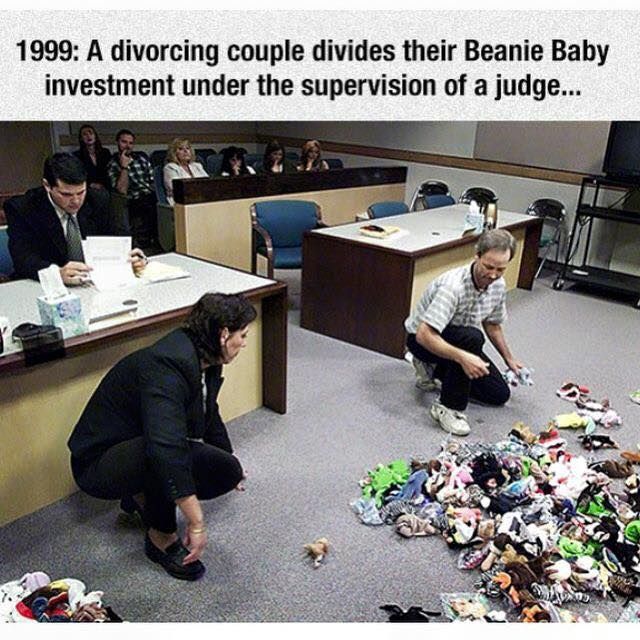
Transaction Costs and the Law
When transaction costs are low
- bargaining is easy
- initial allocation of property rights doesn't matter, can trade until reach efficient outcome
When transaction costs are high
- bargaining is hard
- initial allocate of property rights does matter, since trade may not occur (or is costly)
Two Normative Approaches to Law & Economics
Design the law to:
1) Minimize the cost of bargaining
“Structure the law so as to remove the impediments to private bargaining”

Two Normative Approaches to Law & Economics
Design the law to:
1) Minimize the cost of bargaining
“Structure the law so as to remove the impediments to private bargaining”
2) Minimize the need for bargaining
“Structure the law so as to minimize the harm caused by failures in private agreements”

Two Normative Approaches to Law & Economics
Compare the costs of each approach:
When transaction costs are low and information costs are high, structure the law so as to minimize transaction costs
When transaction costs are high and information costs are low, structure the law so as to allocate property rights to whomever values them the most

Some Common Law Terms & History
We often summarize by referring to the difference between:
“Property rule”: equitable relief for appropriation, trespass, interfering with another's property
- More common in law of property
“Liability rule”: damages awarded for broken promises and accidents
- More common in law of contracts & torts

Farmer-Rancher Example
Example: With Rancher's cattle straying onto Farmer's crops
Liability rule: Court may require Rancher to compensate Farmer for damages
Property rule: Court may enjoin Rancher from letting cattle trespass onto Farm (if Farmer found to have property right to be free of cattle's interference)


Three Ways to Protect Property Rights
Property rule/injunctive relief
- violation of entitlement punished as a crime (not mere restitution owed)
- but entitlement is negotiable (owner can choose to sell or not exercise the right)
Liability rule/damages
- violations of entitlement require compensation
- Defendant pays damages to make the Plaintiff whole
Inalienability rule
- violations are punished as a crime
- but entitlement cannot be sold or waived

Efficient Remedies for Property Rights Violations
Which remedy is most efficient in response to property violations?
As per Coase (1960), any rule leads to efficiency under no transaction costs
Injunctions are cheaper to implement
Damages lead to more efficient outcomes when transaction costs are high

Efficient Remedies for Property Rights Violations
When transaction costs are low and information costs are high, structure the law so as to minimize transaction costs
- Property rule (injunction) more efficient: clarify right and allow trade
When transaction costs are high and information costs are low, structure the law so as to allocate property rights to whomever values them the most
- Liability rule (damages) more efficient: give injurer right to violate entitlement when efficient, even without prior consent

In Aggregate: Property Rights Matter

Expropriation Risk: Risk of "outright confiscation and forced nationalization" of property. This variable ranges from zero to ten where higher values are equals a lower probability of expropriation. This variable is calculated as the average from 1982 through 1997, or for specific years as needed in the tables. Source: International Country Risk Guide at http://www.countrydata.com/datasets/.
Glaesar, Edward L, Rafael La Porta, Florencio Lopez-de-Silanes, and Andrei Shleifer, 2004, "Do Institutions Cause Growth?" Journal of Economic Growth 9: 271-303
Extra: Interesting Property Cases I


Hinman v. Pacific Air Transport 84 F.2d 755 (9th Cir. 1936)
Extra: Interesting Property Cases II


Jacque v. SteenBerg Homes Inc. 563 N.W. 2d 154 (Wis. 1997)


